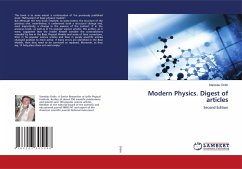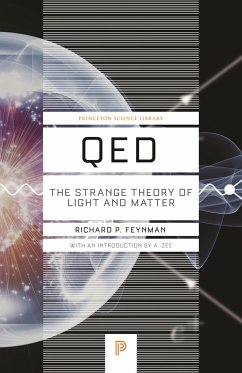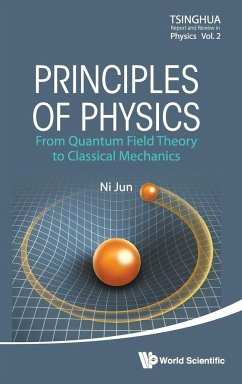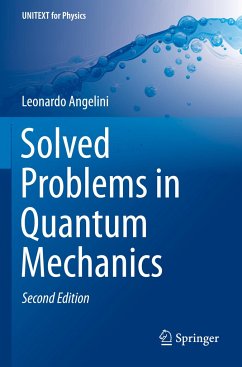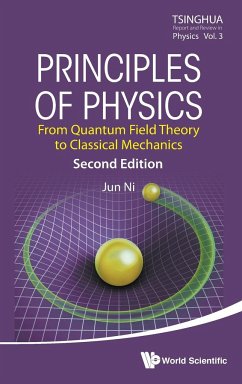
Fundamental Solved Problems in Modern Physics
Genuine Problems with Easy Solutions
Versandkostenfrei!
Versandfertig in 6-10 Tagen
65,99 €
inkl. MwSt.

PAYBACK Punkte
33 °P sammeln!
Modern physics is the post-Newtonian conception of physics. It implies that classical descriptions of phenomena are lacking, and that an accurate, "modern", description of nature requires theories to incorporate elements of quantum mechanics or Einsteinian relativity, or both. In general, the term is used to refer to any branch of physics either developed in the early 20th century and onward, or branches greatly influenced by early 20th century physics. Small velocities and large distances is usually the realm of classical physics. Modern physics, however, often involves extreme conditions: qu...
Modern physics is the post-Newtonian conception of physics. It implies that classical descriptions of phenomena are lacking, and that an accurate, "modern", description of nature requires theories to incorporate elements of quantum mechanics or Einsteinian relativity, or both. In general, the term is used to refer to any branch of physics either developed in the early 20th century and onward, or branches greatly influenced by early 20th century physics. Small velocities and large distances is usually the realm of classical physics. Modern physics, however, often involves extreme conditions: quantum effects typically involve distances comparable to atoms (roughly 10 nanometer), while relativistic effects typically involve velocities comparable to the speed of light (roughly 3000000000 m/s). In general, quantum and relativistic effects exist across all scales, although these effects can be very small in everyday life.




